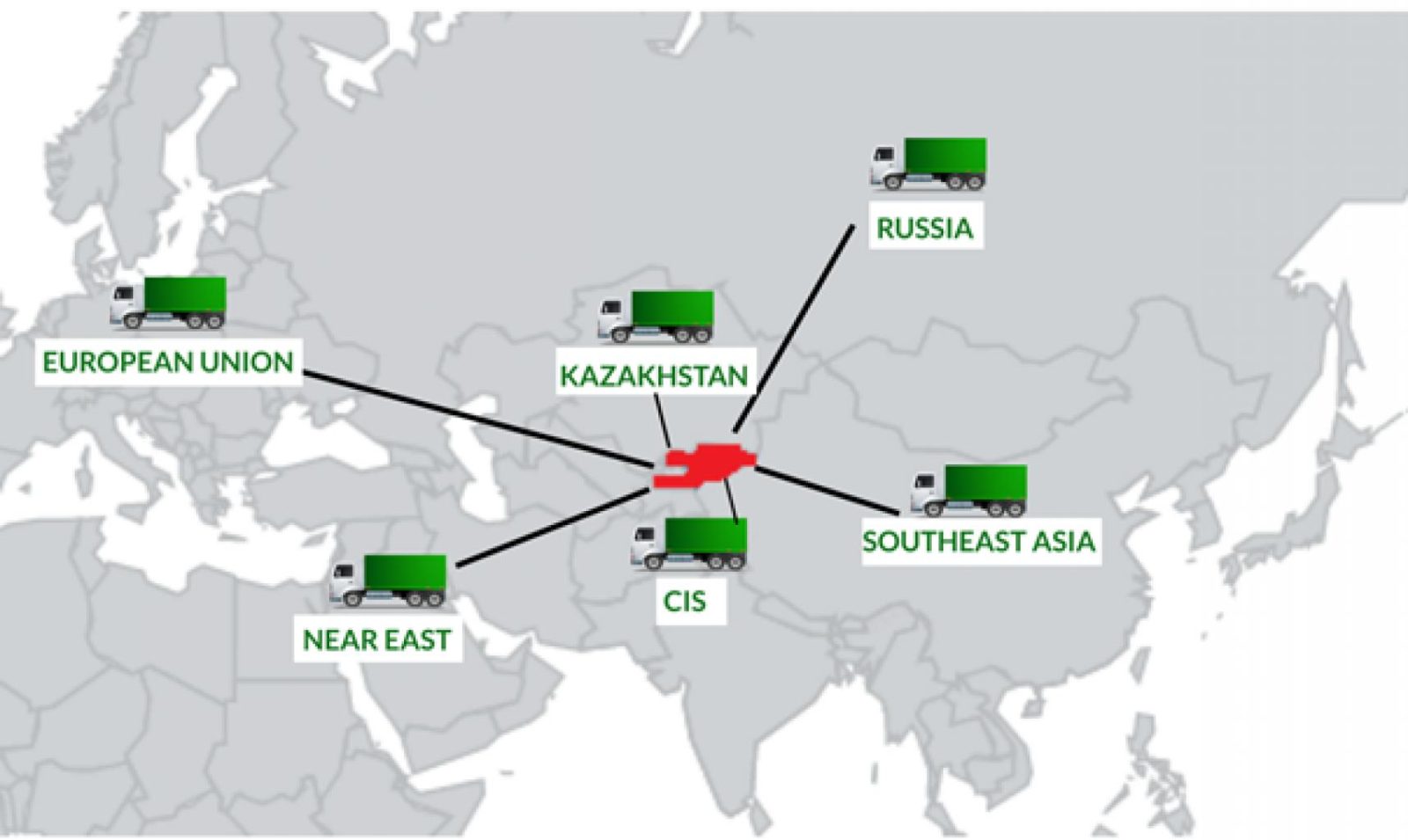
Kyrgyzstan’s main trading countries
Kyrgyzstan, a landlocked country in Central Asia, engages in extensive trade relationships with several countries, driven by its strategic location and reliance on imports and exports for economic sustenance. This trade landscape is shaped by regional connectivity, membership in economic unions, and historical ties.
Key Trading Partners of Kyrgyzstan
Russia
Russia is Kyrgyzstan’s largest trading partner, primarily due to their shared history as part of the Soviet Union and Kyrgyzstan’s membership in the Eurasian Economic Union (EAEU). Kyrgyzstan imports significant volumes of petroleum products, machinery, and vehicles from Russia. In turn, it exports agricultural products, textiles, and metals. The remittance flow from Kyrgyz labor migrants in Russia also forms a critical part of the bilateral economic relationship.
China
China plays a vital role in Kyrgyzstan’s trade as a major source of imports, including electronics, machinery, and manufactured goods. The two countries are connected through the Silk Road Economic Belt, a key component of China’s Belt and Road Initiative (BRI). The Torugart and Irkeshtam border crossings facilitate trade between the two nations. Kyrgyzstan also exports raw materials like minerals and precious metals to China.
Kazakhstan
Kazakhstan shares a close trading relationship with Kyrgyzstan due to their geographic proximity and mutual membership in the EAEU. The two nations trade in agricultural products, fuel, construction materials, and textiles. Kazakhstan serves as a transit hub for Kyrgyz exports destined for other countries, particularly within the Commonwealth of Independent States (CIS).
Uzbekistan
Recent years have seen an improvement in trade relations between Kyrgyzstan and Uzbekistan. The two countries exchange goods such as textiles, food products, and construction materials. Cross-border cooperation has been bolstered by joint infrastructure projects and streamlined customs processes.
Turkey
Turkey is a significant trading partner, with strong cultural and historical ties to Kyrgyzstan. Trade with Turkey involves textiles, machinery, and food products. Turkish investments in Kyrgyzstan’s construction, energy, and manufacturing sectors have also enhanced bilateral trade.
European Union (EU)
The European Union, particularly countries like Germany and Italy, is an important export market for Kyrgyzstan. Gold constitutes a large share of Kyrgyzstan’s exports to the EU, alongside agricultural products. The EU’s Generalised Scheme of Preferences (GSP+) grants Kyrgyzstan preferential access to its markets, fostering trade growth.
United Arab Emirates (UAE) and Switzerland
Gold exports significantly impact Kyrgyzstan’s trade with Switzerland and the UAE. These countries serve as key buyers of Kyrgyzstan’s gold, a crucial contributor to its economy.
Other CIS Countries
Kyrgyzstan maintains robust trade relationships with other CIS countries, such as Belarus, Armenia, and Tajikistan. The trade largely involves agricultural products, machinery, and consumer goods.
Challenges in Kyrgyzstan’s Trade
While Kyrgyzstan benefits from its trade relationships, challenges persist. These include dependency on a few key commodities, logistical hurdles due to its landlocked geography, and fluctuating global market prices. Political and economic volatility in neighboring countries can also disrupt trade.
Conclusion
Kyrgyzstan’s trade network reflects its economic integration within Central Asia and beyond. By leveraging regional cooperation and diversifying its trade portfolio, Kyrgyzstan aims to strengthen its economy and enhance its role as a connector in the region. The country’s relationships with Russia, China, Kazakhstan, Uzbekistan, and other partners remain pivotal to its trade dynamics.




Leave a Reply